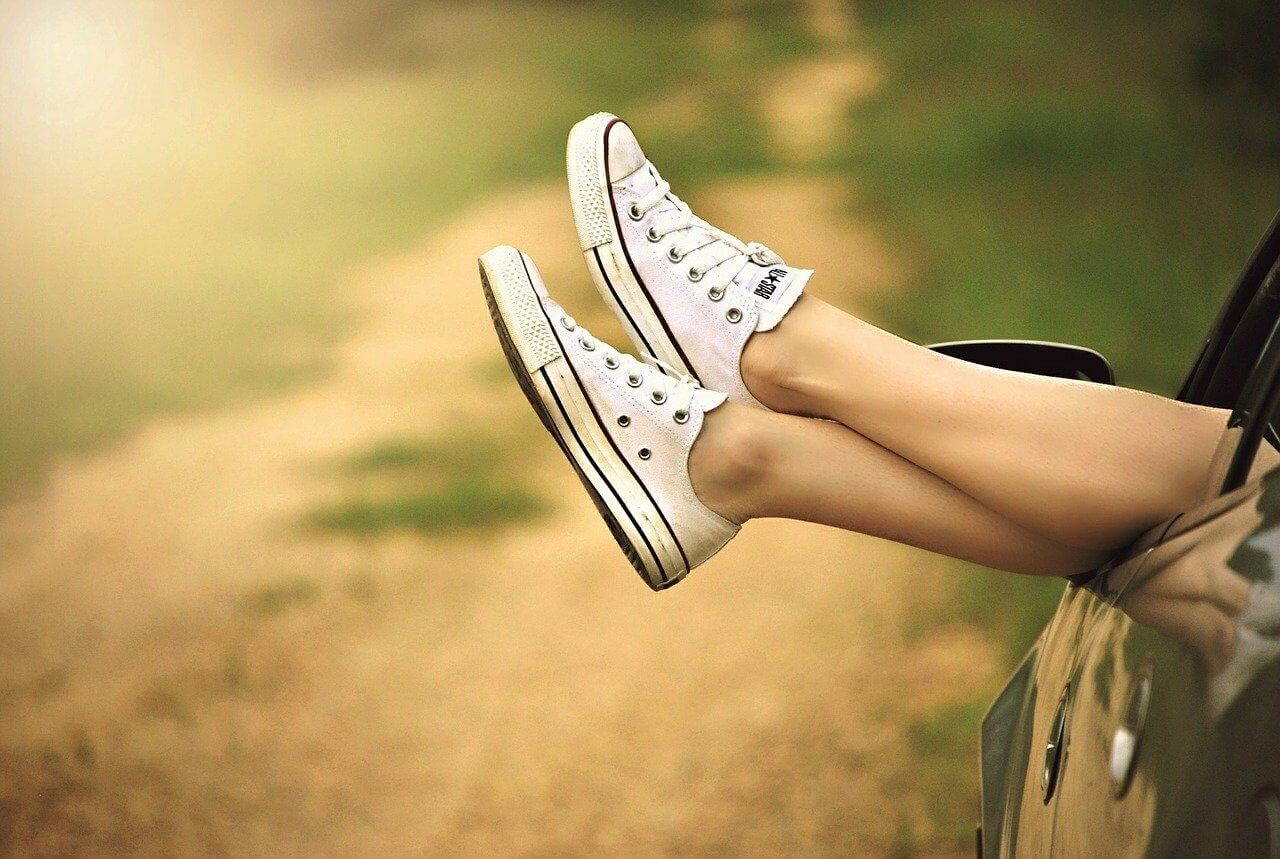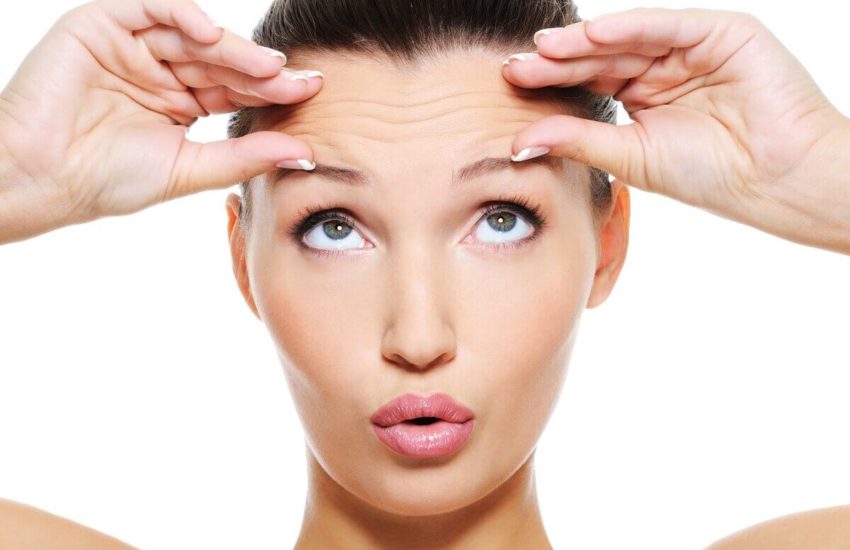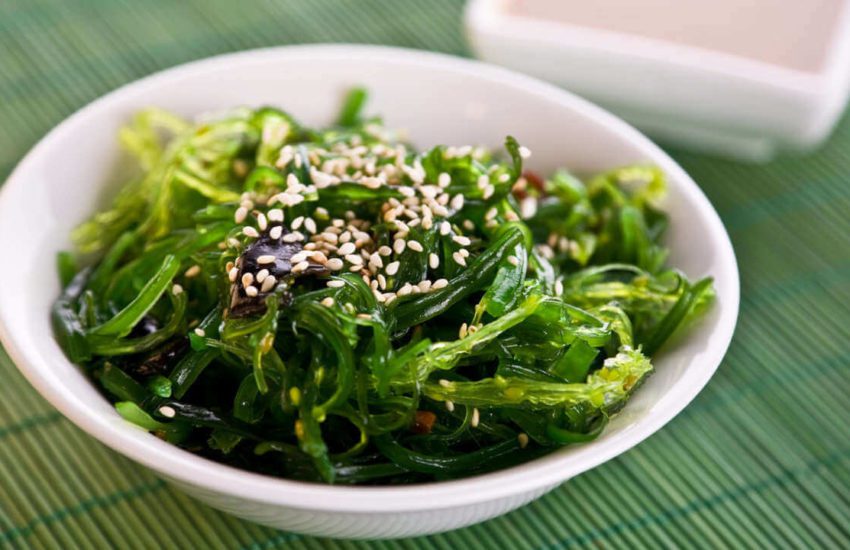Varicose Veins: Best Safety Tips and Leg Exercises
Table of Contents
Varicose Veins: Best Safety Tips and Leg Exercises
Varicose veins are unsightly, but they usually don’t cause any issues. However, it can keep you from wearing clothing that reveals your legs. At its worst, varicose veins can cause everything from ulcers to blood clots, so just because you’re not feeling any pain with your varicose veins now doesn’t mean they won’t cause issues in the future.
What Are Varicose Veins?
When veins get enlarged and twisted, they can turn an unsightly dark blue or purple in your legs. They can look unsightly and bulging throughout the legs and can be embarrassing. However, embarrassment isn’t the worse issue that can happen if varicose veins aren’t treated once symptoms start appearing, but what causes them?
What Causes Varicose Veins?
Varicose veins are caused by a malfunction in the flow of blood in the veins. Blood is meant to flow in one direction.
However, when there is an issue with blood flow, it ends up collecting in the veins. A malfunction in the valves causes this blood flow disruption, and when the valve isn’t working, the veins begin to bulge and get misshapen.
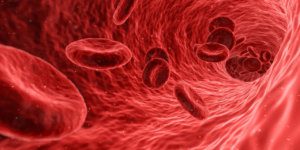
Veins south of the heart have a harder time working against gravity because they have to move upwards.
In most cases with varicose veins, the blood ends up moving in the opposite direction.
Varicose veins can also be caused by inactivity or a sedentary lifestyle over some time. That’s why it’s worth looking into exercise to alleviate the symptoms of varicose veins.
Can Exercise Help Varicose Veins?
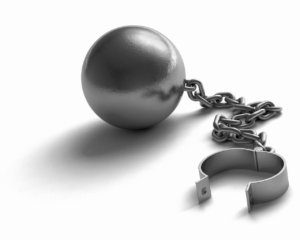 It’s no secret that exercise helps blood circulation. Exercise helps move blood along the veins and lower blood pressure.
It’s no secret that exercise helps blood circulation. Exercise helps move blood along the veins and lower blood pressure.
Higher blood pressure and blood collecting in the veins contribute to varicose veins, so it’s no wonder why exercise is one of the best options for varicose veins. However, exercise doesn’t come without its share of risks, but that it something covered later in the article. Let’s look at a couple of the best exercises for varicose veins.
Walking
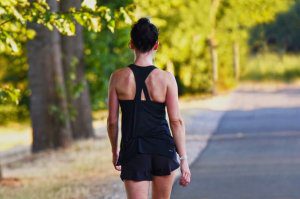 For varicose veins, you want to keep your exercises relatively low-impact, and walking can help accomplish just that.
For varicose veins, you want to keep your exercises relatively low-impact, and walking can help accomplish just that.
You aren’t pounding the pavement, and you’re making simple moves to help stimulate your calf muscles while promoting blood flow through the legs.
You will want to avoid running if you have varicose veins because that puts a lot of pressure on your legs, which puts a lot of pressure on your veins.
Leg Lifts
You can’t get any more low-impact than doing leg lifts on the ground. Leg lifts require you to be on your back with your legs straight out. You will lift one leg, hold it in the air, then bring it back down. Once it’s back down, you repeat that process with your other leg. Even if you’re watching television or just lounging around, you can get up every half hour or so and do leg lifts to help get the blood circulating.
Bicycling
Using a bicycle helps stimulate your calves and promotes blood flow into the legs. Bicycling is also a low-impact exercise for you to do that also enables you to get outside to avoid the sedentary lifestyle that contributes towards varicose veins. Getting out and bicycling also helps you reduce stress.
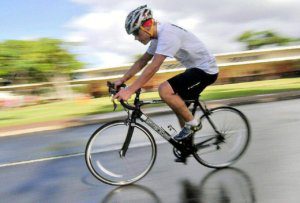 Many people aren’t aware, but stress can contribute to varicose veins as well. When our bodies get stressed, our blood pressure rises.
Many people aren’t aware, but stress can contribute to varicose veins as well. When our bodies get stressed, our blood pressure rises.
The more we’re stressed, the more our blood pressure weakens our veins. As our veins weaken, blood is more likely to collect in the veins, causing varicose veins.
Calf Raises
Calf raises are a low-effort and low-impact exercise. They’re easy to do in any situation. You can do them while cooking, waiting for the microwave, or standing in line. It’s essential to make daily motions for your varicose veins, even if it’s as simple as calf raises.
To do calf raises, you stand on any flat surface while lifting your heels off the floor and keeping your toes firmly on the floor. Calf raises are a simple exercise to do but don’t start too hard, especially if you have weaker knees or ankles from excess weight. That excess weight is most likely another cause of varicose veins because having excess fat puts a lot of pressure on the veins. When there is a lot of pressure on the veins, then the valves weaken. The swelling is what makes the veins visible through the skin. That’s why losing weight could help with varicose veins.
However, just because exercise can help varicose veins doesn’t mean there aren’t any risks associated with it.
Can Exercise Make Varicose Veins Worse?
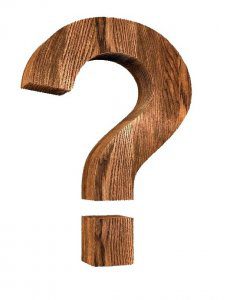 If you’re looking for safety tips for varicose veins, then there are some dos and don’t when it comes to exercises. These tips shouldn’t scare you away from exercise because it is beneficial for your health in the long run, but you need to adhere to some safety tips.
If you’re looking for safety tips for varicose veins, then there are some dos and don’t when it comes to exercises. These tips shouldn’t scare you away from exercise because it is beneficial for your health in the long run, but you need to adhere to some safety tips.
As mentioned before, it’s essential to keep your exercises low-impact. High-impact exercises, especially on concrete, can worsen varicose veins. High-impact exercises and weight lifting can make flood flow worse, which could exacerbate varicose veins. The restriction of blood flow causes even more blood to collect in the veins. This pooling of blood can enlarge varicose veins and make them worse in the long run.
Exercise is essential for your overall health because it helps improve sleep, strengthen your bones and muscles, and boost your immunity. However, strenuous exercise can cause issues with your vein circulation. If you insist on lifting weights, then go for lighter weights, don’t forget to breathe while lifting weights, or purchase compression socks to wear.
Exercise is important for vein health, but doing the wrong exercises can make varicose veins worse. Getting at least thirty minutes of low-impact exercise a day isn’t just good for varicose veins, but it helps lessen blood pressure, reduce your risk of heart disease, and lower your diabetes risk.
